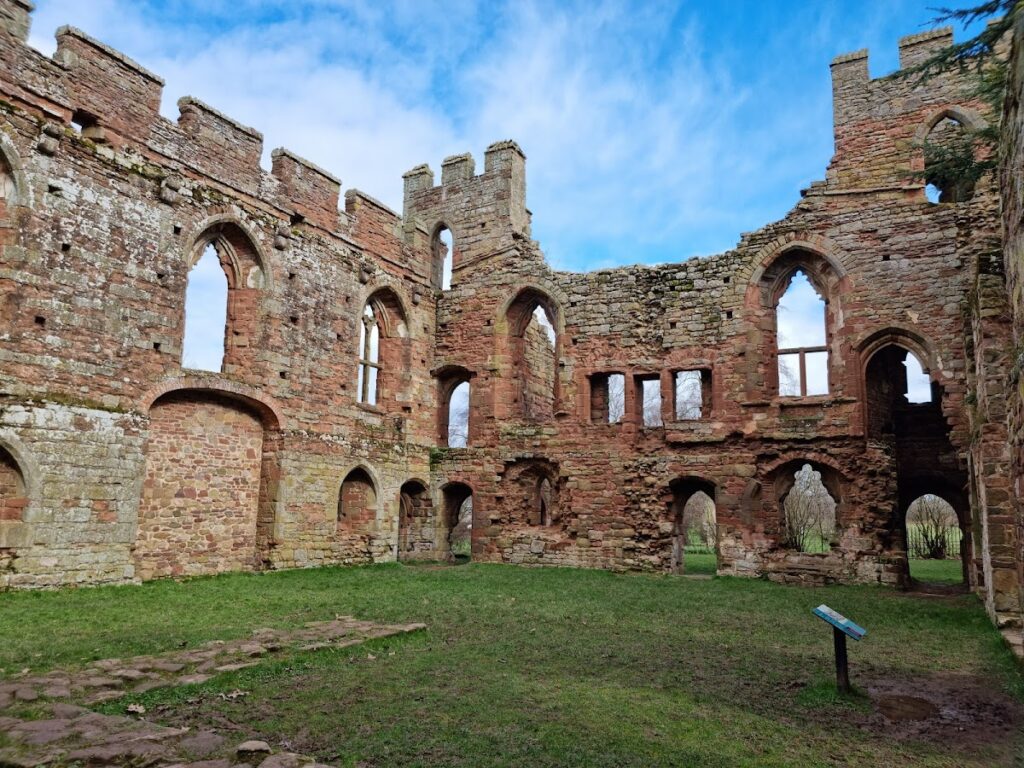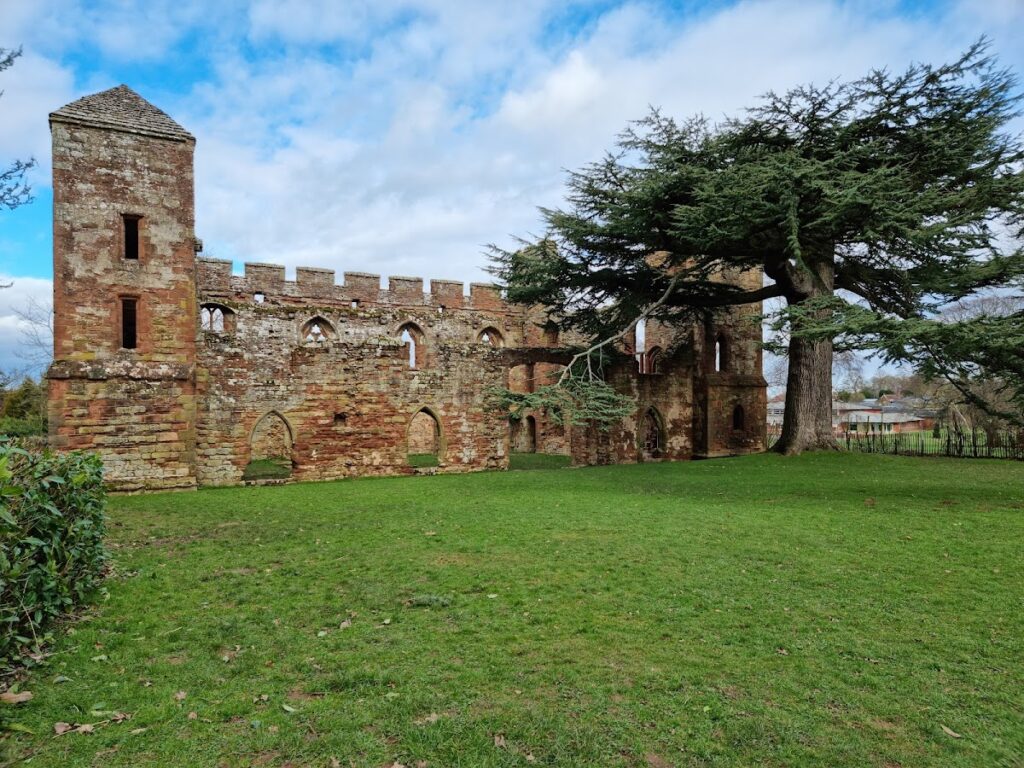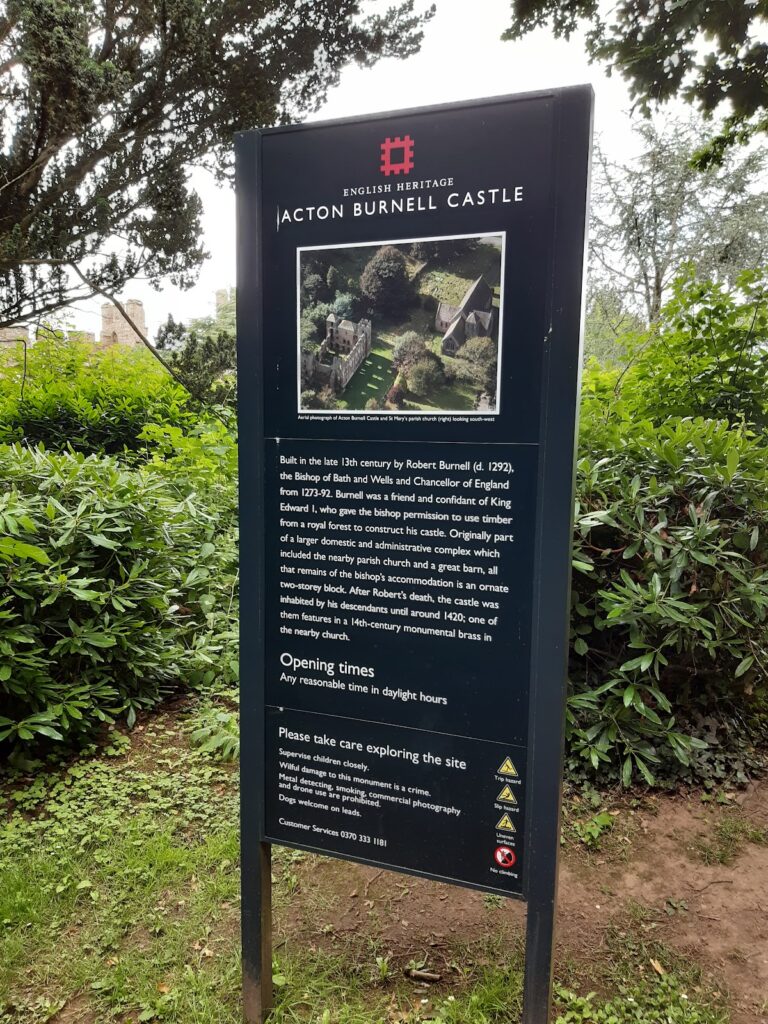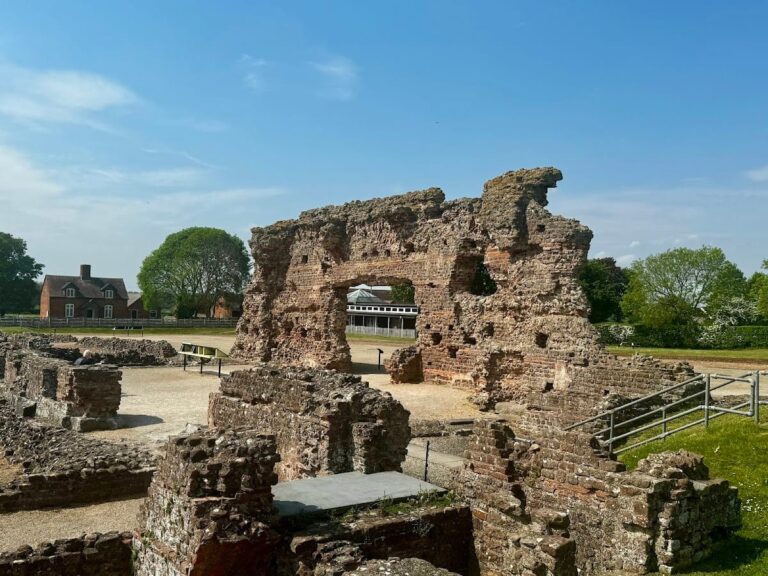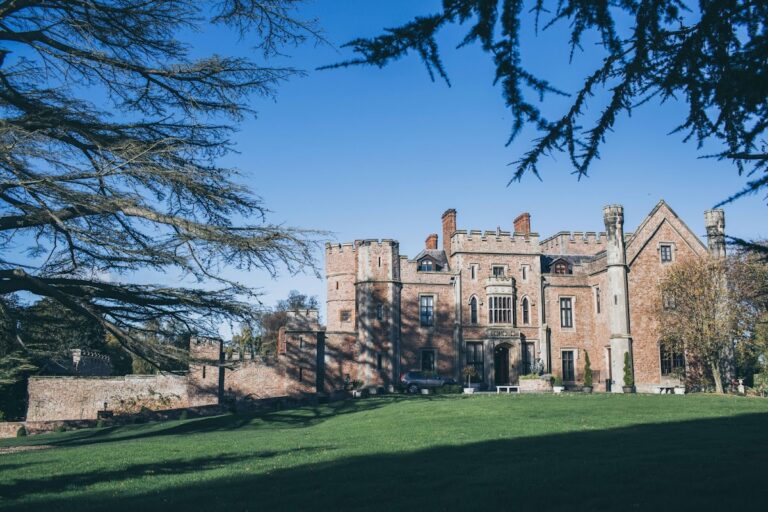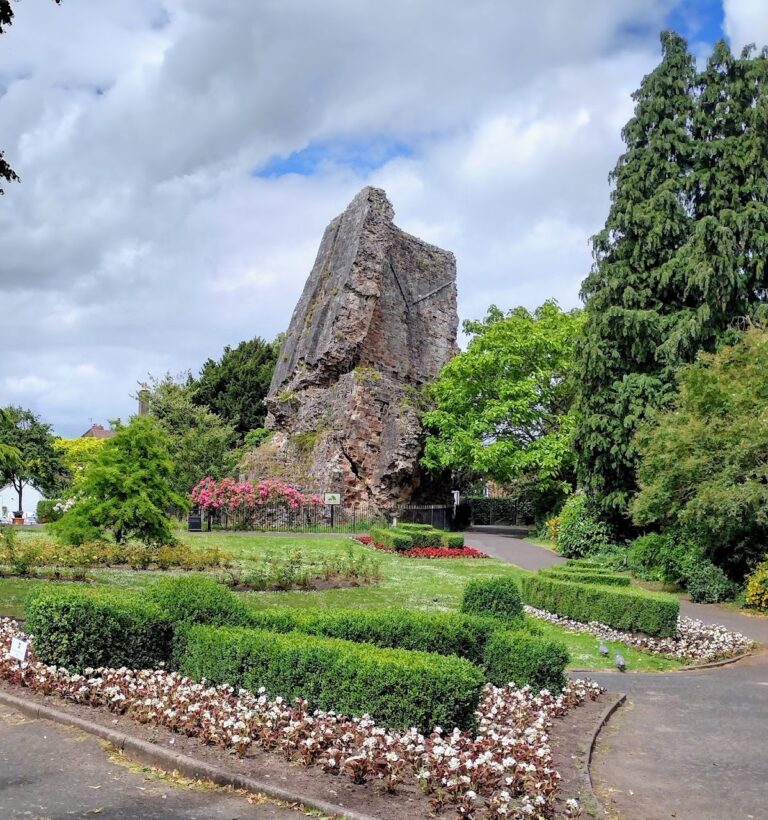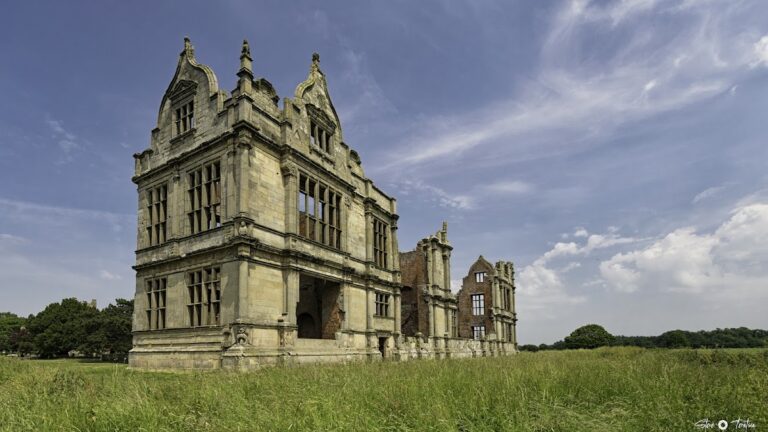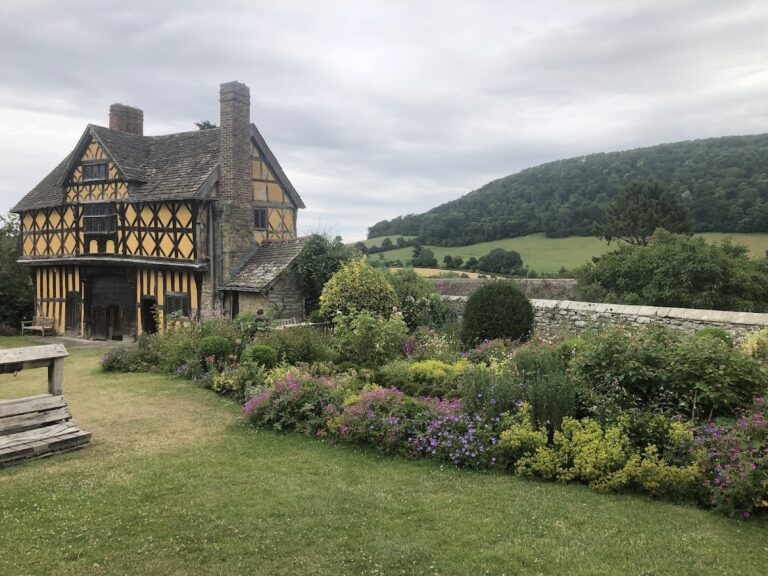Acton Burnell Castle: A Medieval Fortified Manor in Shrewsbury, United Kingdom
Visitor Information
Google Rating: 4.5
Popularity: Low
Google Maps: View on Google Maps
Official Website: www.english-heritage.org.uk
Country: United Kingdom
Civilization: Unclassified
Remains: Military
History
Acton Burnell Castle is located in the municipality of Old Walls, Shrewsbury, United Kingdom, and was constructed during the medieval period by the English. Its origins trace back to 1284 when Robert Burnell, the Bishop of Bath and Wells and a key advisor to King Edward I, established the fortified manor house. Burnell was a powerful figure closely connected to royal authority, and his role in the creation of this residence reflected his status within the kingdom.
The site gained particular historical importance in 1283 when King Edward I convened what is regarded as the first English Parliament to include full representation of the Commons. This assembly likely took place in the large barn adjacent to the manor, a place associated with a significant legal act known as the Statute of Acton Burnell. This law aimed to protect creditors’ rights, highlighting the increasing importance of commerce and trade in England at the time.
Following Robert Burnell’s death in 1292, the ownership of the estate passed down through his family before eventually transferring by marriage to the Lovel family. Centuries later, after the Battle of Stoke Field in 1487, the property was confiscated by King Henry VII and granted to Thomas Howard, the 2nd Duke of Norfolk. The manor’s fortunes waned over the subsequent centuries, and by the mid-1600s much of the structure had fallen into ruin. Eventually, the site came under the ownership of the Smythe family. In the 18th and 19th centuries, they constructed a classical-style country house nearby and incorporated the remains of the original manor into the surrounding park as a decorative ruin, including adding a pyramidal roof to one of the towers, which served as a dovecote.
Today, Acton Burnell Castle is recognized as a Grade I listed building, with its historical significance preserved under the care of English Heritage.
Remains
The remains of Acton Burnell Castle reveal a fortified manor house laid out as a rectangular building featuring a tower at each corner. Built from stone and rising originally to three stories, the manor was enclosed by external walls designed to protect the residence rather than serve as a full defensive fortress. This defensive character was formalized by a royal licence to crenellate granted to Robert Burnell in January 1284, allowing him to add battlements, an architectural form associated with fortification.
Inside the manor, rooms were arranged to include a great hall for communal gatherings, a solar which was a private chamber for the lord, multiple bedrooms, various service offices, a chapel for religious observance, and kitchens for food preparation. These spaces reflected the domestic and administrative functions of the building during its period of use.
Nearby stands the large barn where the 1283 Parliament is thought to have been held. While the barn’s gable walls survive, they remain on private land and are not accessible to the public. The substantial size and enduring stone construction of the barn’s ends speak to its importance as a meeting place during the medieval period.
Today, visitors can see the external walls of the manor house standing in a wooded area, alongside two gable walls of the great barn. During the 18th and 19th centuries, the Smythe family restored parts of the ruins for ornamental purposes, introducing features such as a pyramidal roof on one tower which functioned as a dovecote, a structure designed to house pigeons. These adaptations reflect a period when the ruins were transformed from a defensive residence into a picturesque feature within landscaped parkland.
Close to the castle, Robert Burnell also established the Church of St Mary and the surrounding village, further highlighting the site’s medieval significance as a focal point for both secular and religious community life.
